
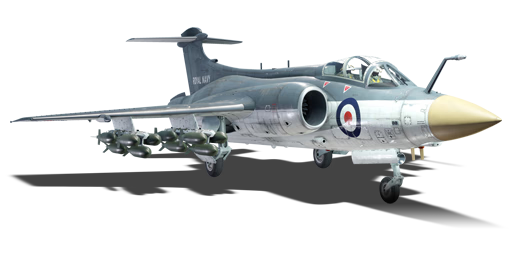


The initial model of the Blackburn Buccaneer was rather underpowered, being unable to take off from an aircraft carrier with full fuel and weapons load, but successfully demonstrated the viability of the new doctrine and the airframe. To remedy this, the Buccaneer S.2 was designed, replacing the de Havilland Gyron Junior turbojet engines with new Rolls-Royce Spey turbofans, which were significantly more powerful while also reducing fuel consumption. The installation of the new engines required enlargement of the engine nacelles, subsequently causing the wings to be partially remodelled. All Buccaneers in Royal Navy service were converted to the S.2 standard by the end of 1966. The new S.2 variant also piqued the interest of the RAF, whose plans for a new supersonic, nuclear-capable interdictor to replace the English Electric Canberra (namely by the BAC TSR-2 project and import of the F-111K as a subsequent substitute) had both fallen through. The first models entered RAF service from 1969. Following the retirement of the Royal Navy's last large aircraft carriers in 1979, the remaining Buccaneers were transferred to the RAF, being replaced in naval roles by the V/STOL-capable Sea Harrier. The end of the Cold War marked the end of the Buccaneer in the RAF, the final units being retired in 1994 in favour of the Panavia Tornado.
Introduced in Update "Hot Tracks", the Buccaneer S.2 is a significant improvement over both the S.1 variant and the Canberra B (I) Mk 6 that precedes it, featuring much greater engine power and ordnance capacity, as well the ability to equip AIM-9B Sidewinder missiles and countermeasure pods for self-defence. While not quite supersonic, the Buccaneer is able to easily reach and maintain its transonic top speed even when equipped with its maximum 16,000 lb bomb load, allowing it to quickly strike one or two bases, then make its way back to the airfield while attempting to avoid interception with the aid of its surprising manoeuvrability and equippable countermeasure pods. The Buccaneer S.2 also retains the ability to equip the guided AGM-12B Bullpup missiles, which may find some utility in ground battles, although greater efficacy may be found in equipping a conventional bomb load for some high altitude carpet-bombing.
flaps
flaps
flaps
brake
| Name | Weight | Slot | ||||
|---|---|---|---|---|---|---|
| 6 × | 1,278.6 kg |  |  |  |  | |
| 6 × | 1,278.6 kg |  |  |  |  | |
| 3 × | 1,458 kg | 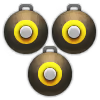 |  |  |  | |
| 3 × | 1,458 kg | 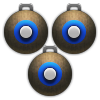 |  |  |  | |
| 2 × | 972 kg | 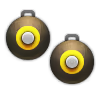 |  |  |  | |
| 3 × | 1,360.8 kg |  |  |  |  | |
| 2 × | 907.2 kg |  |  |  |  | |
| 72.6 kg |  |  | ||||
| 36 × | 163.3 kg | 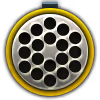 |  |  |  | |
| 4 × | 172.4 kg | 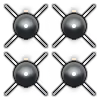 |  |  |  | |
| 259 kg | 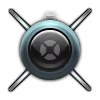 |  |  |  | ||
| 52 × Large caliber countermeasures | 52 kg |  |  | |||
| 4 × | 852.4 kg | 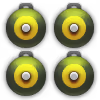 | ||||
| 4 × | 852.4 kg |  | ||||
| 4 × | 1,944 kg | 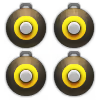 | ||||
| 4 × | 1,944 kg | 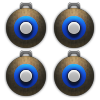 | ||||












Flight performance | |
|---|---|
Survivability |
|---|
Weaponry | ||
|---|---|---|